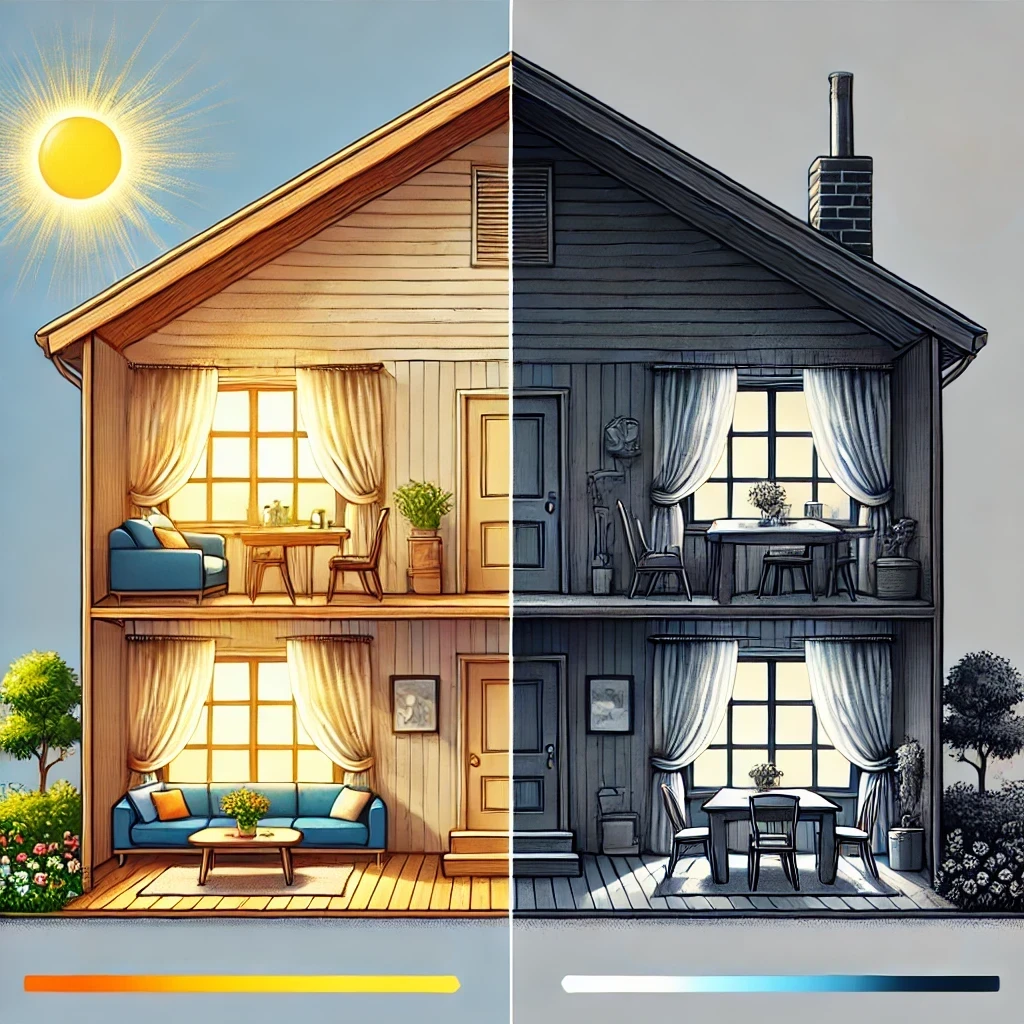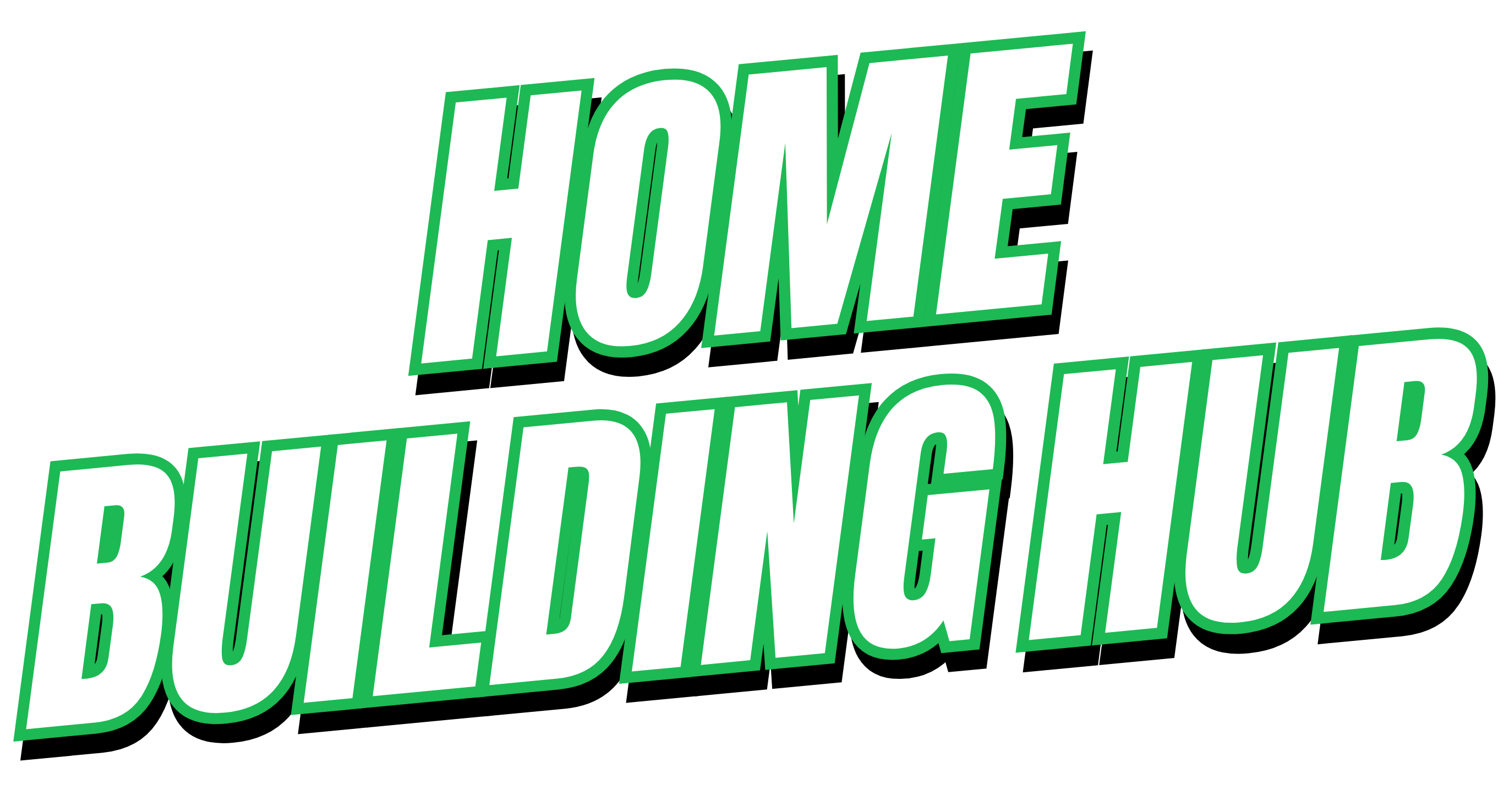How to Determine Which Side Your Living Areas Should Be On
23rd September 2024
Pre-Construction Design & Trends Sustainability & Energy Efficiency
This article explains how to determine the ideal placement of living areas in a new home based on orientation. It covers the impact of sunlight, regional differences, and crossover placement while offering practical tips and common mistakes to avoid.

How to Determine Which Side Your Living Areas Should Be On
When building a new home, one of the most overlooked yet critical factors is the orientation of your living areas. A well-orientated home can enhance natural light, improve energy efficiency, and increase resale value. In this episode of the Home Building Hub Podcast, Colin Bischof and Darren Brennan break down how to determine the best placement for your living spaces.
Why Home Orientation Matters
- Maximising natural light makes your home feel more spacious and welcoming.
- Reducing the need for artificial lighting and heating can save on energy costs.
- A well-lit home is more appealing to potential buyers and renters.
- Poor orientation can leave your living areas dark and uninviting.
- Proper orientation helps comply with the 7 Star Energy Rating requirements, potentially saving you money on compliance costs.
The Basics of Orientation
To determine the ideal position for your living areas, follow these key steps:
1. Identify the North Point on Your Block
- The sun rises in the east and sets in the west, but it follows a northern path throughout the day.
- In Victoria, the preferred orientation is north-facing living areas to maximise sunlight exposure.
2. Understand Regional Differences
- In cooler climates, north-facing living spaces are ideal.
- In warmer climates (e.g., Queensland, Mildura), east-facing living areas might be better to reduce excessive heat.
- It is really subject to opinion, but the point is - think about it.
3. Check the Crossover Location
- The crossover is where your driveway meets the road, dictating garage placement.
- This can then help you work out the right floorplan to maximise sunlight - with living areas either behind or opposite the garage side.
- Moving a crossover can cost $2,000-$3,000 and is sometimes not permitted due to existing utilities.
- An engineering plan will show where the crossover is.
- Builders and developers can provide this, but real estate agents may not always have it.
- If you're unsure, ask your builder or consultant.
Common Mistakes to Avoid
- Ignoring Orientation When Buying Land: Many buyers choose a block without considering where the sun will hit their home.
- Assuming All Builders Consider Orientation: Some sales consultants may not prioritise orientation in their recommendations.
- Not Checking the Crossover Placement: If the garage is in the wrong spot, it can limit design flexibility.
- Skipping Professional Advice: If your sales consultant dismisses orientation concerns, seek another opinion.
Visualising Orientation: A Simple Trick
- Draw a rectangle representing your block.
- Mark the north point.
- Sketch an arc from east to west to represent the sun's path.
- Identify your crossover location (left or right).
- Determine which side of the home gets the most sunlight and plan your living areas accordingly.
Key Takeaways
- North-facing living areas are ideal for most climates (subject to opinion)
- Check your engineering plan to confirm crossover and garage placement.
- Consider the sun’s path when selecting your house design.
- Speak to knowledgeable consultants who understand home orientation.
- If your consultant dismisses the importance of orientation, find another one!
For more details, listen to the full episode: Episode 70: Orientation Tip – How to Determine Which Side Living Areas Should Be On
Glossary of Terms
- Crossover: The section of driveway where your car enters from the street.
- 7 Star Energy Rating: A standard for energy-efficient home design in Australia.
- Orientation: The positioning of a home relative to the sun’s movement.
- Alfresco Area: Outdoor covered space attached to a home, often used for entertaining.
- Engineering Plan: A document detailing infrastructure aspects such as crossovers, utility placements, levels, etc.
FAQ
Q: Does home orientation affect resale value? A: Yes! Homes with good natural light and energy efficiency are more appealing to buyers and renters.
Q: Can I move my crossover to improve my home’s orientation? A: Sometimes, but it depends on council regulations and costs involved.
Q: What if my block doesn’t allow for ideal orientation? A: Work with a builder to adjust your home design—flipping layouts or adjusting windows can help.
Q: Is south-facing living space always bad? A: Not necessarily, but it can feel darker and require more artificial lighting.
About the Home Building Hub Podcast
The Home Building Hub Podcast, hosted by industry experts Colin Bischof and Darren Brennan, is Australia’s premier resource for new home buyers. With weekly episodes featuring special guests, the podcast provides objective, high-quality insights into the home building process—completely free and without sales pitches. From understanding financing options to navigating the complexities of building a new home, each episode is packed with actionable advice and tips.
Explore more episodes at www.homebuildinghub.com.au and join our growing community of informed home buyers.
Disclaimer
Whilst we’re all about providing value to you, this article should not be considered as legal or financial advice. It contains general information only and is based on the content discussed during the podcast episode. This information is relevant to the episode’s release date and may not be applicable at the time of reading. Always seek independent professional advice tailored to your personal situation before making any legal or financial decisions.
